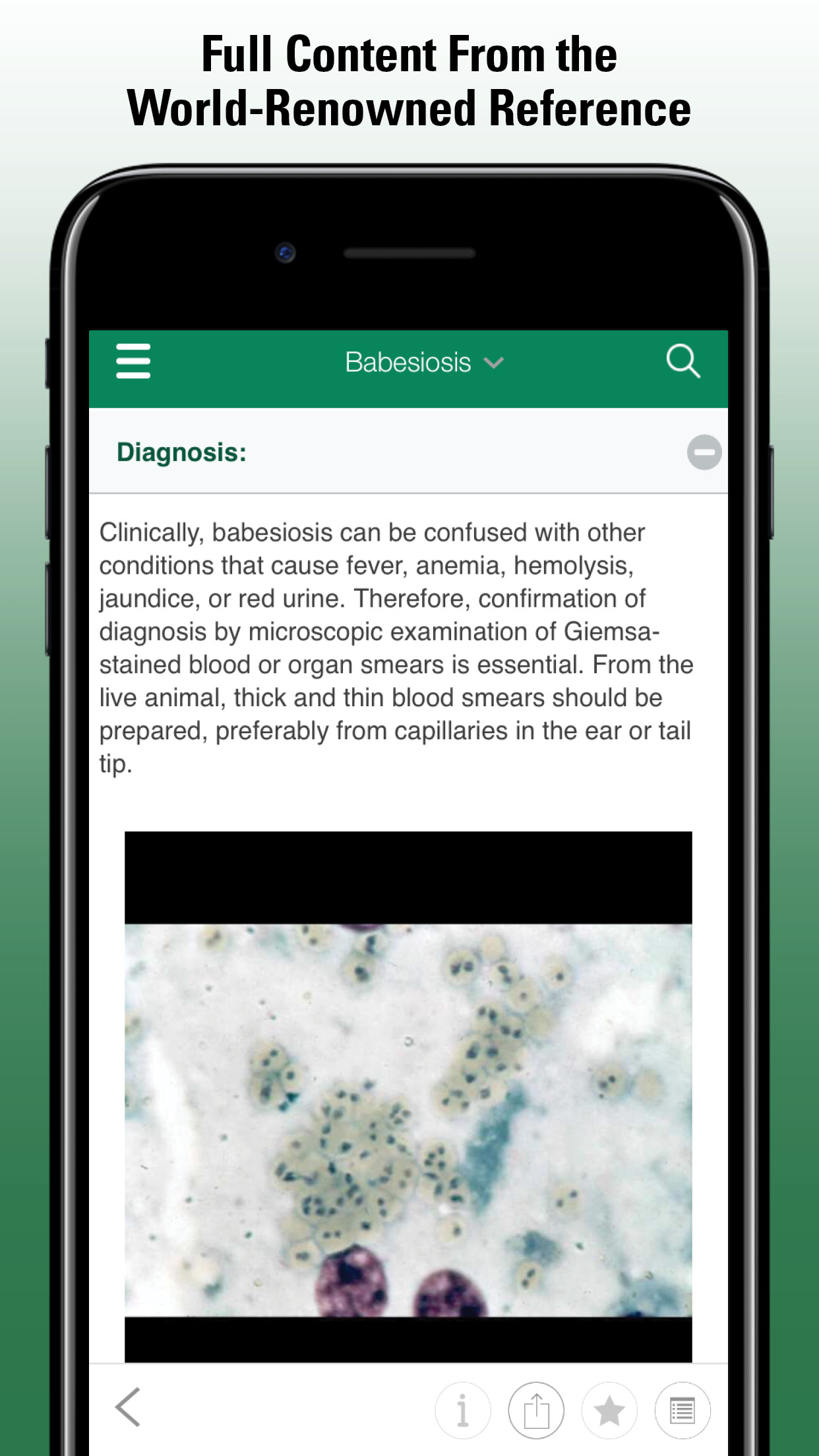Border Disease
(Hairy shaker disease)
- Congenital and Inherited Anomalies
- Overview of Congenital and Inherited Anomalies
- Akabane Virus Infection
- Border Disease
Border disease (Britain) or hairy shaker disease (Australia and New Zealand) is a congenital disorder of lambs characterized by low birth weight and viability, poor conformation, tremor, and an excessively hairy birth coat in normally smooth-coated breeds. Goat kids may also be affected, and a similar condition occasionally occurs in calves. The disease has been recognized in most sheep-rearing areas of the world, including the western USA. There are currently seven recognized genotypes (BDV-1 to BDV-7) for the border disease virus.
Etiology, Pathogenesis, and Epidemiology:
Border disease is caused by infection of the fetus in early pregnancy with a pestivirus (Flaviviridae) closely related to the viruses of classical swine fever (see Classical Swine Fever) and bovine viral diarrhea/mucosal disease (see Bovine Viral Diarrhea and Mucosal Disease Complex). Surviving lambs are persistently viremic, and the virus is present in their excretions and secretions, including semen. Cattle, goats, and pigs are also susceptible to infection with border disease virus. Persistently infected individuals have been demonstrated in all of the aforementioned species from natural in-utero infection. Transmission of border disease virus to cattle can occur from commingled grazing with persistent or acutely infected sheep. Acute infections in immunocompetent animals are usually transient and subclinical and result in immunity to challenge with homologous but not heterologous strains of virus.
Virus acquired in early pregnancy by previously unexposed animals crosses the placenta and invades the fetus. Placentitis occurs 10–30 days after infection and may cause fetal death with expulsion, resorption, or mummification. Abortion may occur at any stage of pregnancy and may pass unnoticed because there is little maternal malaise.
In sustained pregnancies, the virus becomes widely distributed in fetal tissues, but pathologic changes are most obvious in the skin, skeleton, and CNS. Affected lambs may be born 2–3 days early, and many die before or at weaning. In survivors, the clinical signs gradually regress, but such animals remain persistently infected and excrete virus for the remainder of their lives, exposing their progeny and flockmates. Death from a syndrome similar to bovine mucosal disease may occur in these clinically “recovered” hairy-shaker sheep at any time.
In naive flocks exposed to bovine viral diarrhea virus (BVDV), up to 50% or more of lambs born may be affected with border disease. Thereafter, the prevalence declines, although the disease may become endemic when “recovered” lambs are retained for breeding. The virus is most commonly introduced into susceptible flocks by the addition of persistently infected sheep or pregnant ewes carrying an infected fetus. However, sheep can also acquire infection from transiently or persistently infected cattle. For practical purposes, it should be assumed that sheep and cattle are equally susceptible to all strains of border disease virus and BVDV, even though at least four phylogenetic groups of pestiviruses have been identified in domestic ruminants.
Clinical Findings:
Affected flocks probably are recognized first at lambing time by an increase in the number of barren ewes and in the birth of undersized lambs with excessively hairy and sometimes excessively pigmented fleece. Skeletal abnormalities that may be seen in newborn lambs include a decreased crown-rump length, shortened tibia and radius, and a shortened longitudinal axis of the cranium. Some lambs exhibit involuntary muscular tremors, particularly of the trunk and hindlegs. The tremors are reduced at rest and exacerbated by purposeful movement. In others, skeletal defects such as dropped pasterns and mandibular brachygnathia may predominate. Affected lambs have a poor survival rate. In survivors, nervous signs gradually disappear within 3–4 mo. Even in the absence of typical hairy-shaker lambs, outbreaks of low fertility in ewes and poor viability and ill-thrift in lambs may be associated with border disease virus infection.
Lesions:
In severe cases, abnormal development of the cerebrum may be seen at necropsy, resulting in hydrocephalus, hydranencephaly, porencephaly, or microcephaly. Cerebellar hypoplasia or cerebellar dysplasia may also occur. Otherwise, the characteristic lesions are microscopic and involve the white matter of the CNS. There is a deficiency of myelin and an increase in interfascicular glial cells, in which myelin-like lipid droplets may accumulate. These changes are most obvious in the newborn and gradually resolve.
Diagnosis:
Clinical findings usually allow a diagnosis, although abnormal hairiness of the birth coat may not be apparent in rough-coated breeds of sheep. The diagnosis can be confirmed by histologic demonstration of the pathognomonic lesions in the CNS and with immunocytochemical staining of the virus. In typical hairy-shaker lambs, the virus or viral antigen may be demonstrated readily in blood and tissues by virus isolation, fluorescent antibody tests, immunohistochemistry, or PCR. When testing blood in newborn lambs, precolostral blood is ideal because colostral antibody can mask virus for up to 2 mo. Virus can be isolated from serum or buffy coat cells in cell cultures, but a viral antigen detection ELISA using heparinized or EDTA blood is available. Reverse transcriptase-PCR can also be used to detect viral RNA in clinical specimens and to type ruminant pestiviruses.
Other causes of ovine abortion (eg, bluetongue, Chlamydia, listeriosis, Salmonella, Campylobacter, Rickettsia spp, Toxoplasma gondii, and Akabane virus) should be considered in the differential diagnosis. In live-born lambs, border disease must be differentiated from swayback (enzootic ataxia), bacterial meningoencephalitis, focal symmetric encephalomalacia, and “daft lamb” disease.
Control:
There is no effective treatment for persistently infected lambs. Bulk tank milk samples can be tested for antibodies to BVDV to screen for the presence of virus within dairy sheep flocks. Serology should be performed on the dams of affected lambs. Most should have high levels of antibody and be immune to further challenge with the same strain of virus in subsequent pregnancies. Those that do not have antibody titers should be screened for virus to identify any that are persistently infected. Recovered lambs should not be retained for breeding but can be mixed with replacement stock well before breeding season to maximize opportunities for the latter to become infected and develop immunity before subsequent matings. There is no effective vaccine. BVDV vaccines for cattle cannot be recommended for use in sheep, because border disease viruses most commonly isolated from sheep are antigenically distinct from BVDV most common in cattle.
- Congenital and Inherited Anomalies
- Overview of Congenital and Inherited Anomalies
- Akabane Virus Infection
- Border Disease




